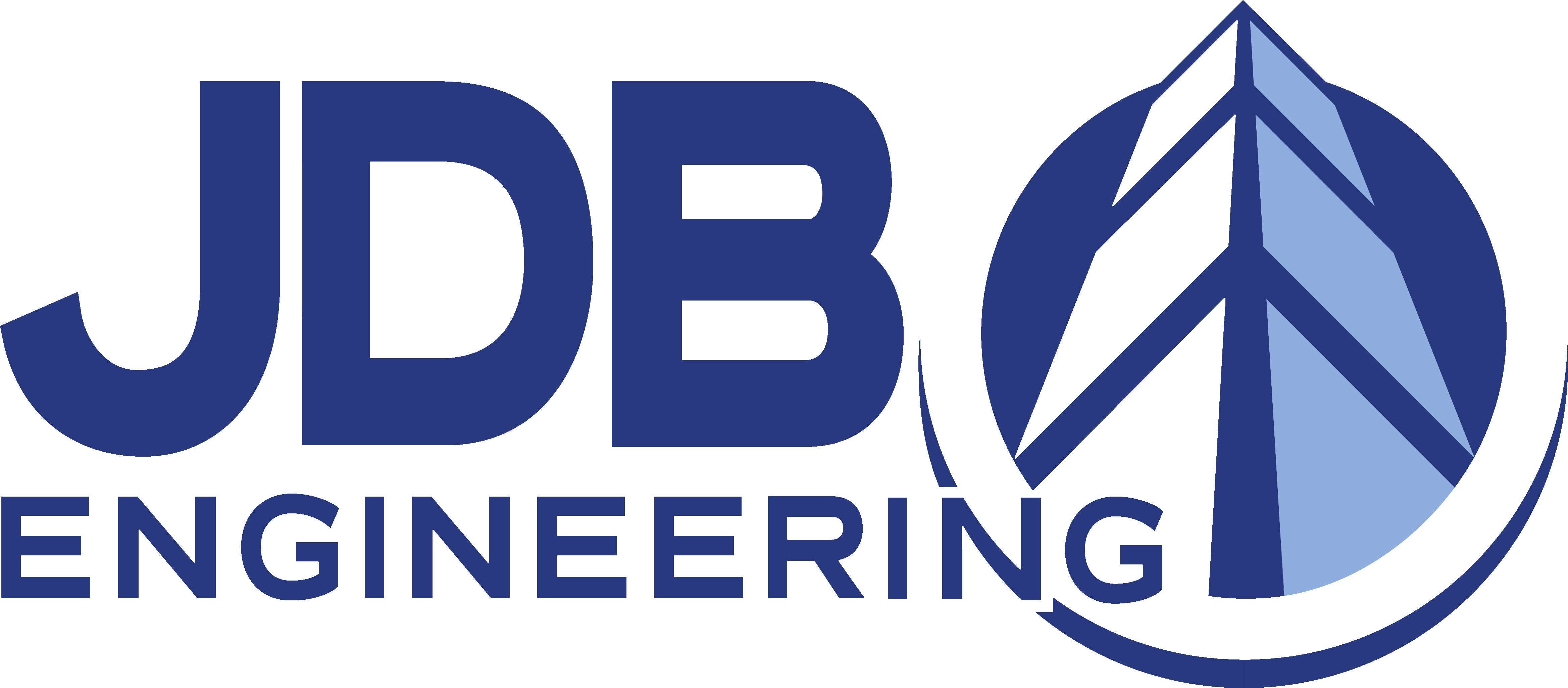by Scott D. Butcher, FSMPS, CPSM “How many licks does it take to get to the Tootsie Roll center of a Tootsie Pop?” If you were a kid growing up in the 1970s, you heard this question in a series of commercials in which a boy queried a cow, fox, turtle, and owl. While the […]
Tag Archives: Marketing
By Scott D. Butcher, FSMPS, CPSM Note: this blog post originally appeared as a LinkedIn Article as “Proposals: Red Flags and Dirty Tricks.” If you’ve spent any amount of time creating proposals, then you’ve undoubtedly seen all sorts of questionable behavior by proposal requestors. Sure, they send out an RFP (or post it online), […]
by Scott D. Butcher, FSMPS, CPSM I’ve been a member of the Society for Marketing Professional Services (SMPS) for more than 25 years, and in that time I’ve contributed more than a dozen articles (solo or with co-authors) to Marketer, The Journal of the Society for Marketing Professional Services. Below you’ll find my latest article, […]
by Scott D. Butcher, FSMPS, CPSM I’ve heard it said that “We’ve always done it that way” is among the most dangerous phrases in business. I can’t say I disagree. Those six words effectively destroy innovation and keep companies from growing and evolving. And in the A/E/C industry, we hear those words a lot. In […]
by Scott D. Butcher, FSMPS, CPSM I’ve been beyond excited to see a number of my co-workers step up and become bloggers for www.jdbengineeirng.com. There’s a vastly inaccurate perception among far too many technical professionals that they don’t have anything important to say (write). The reality is that they are oozing with knowledge, and things […]
by Scott D. Butcher, FSMPS, CPSM For the past several years, “content marketing” has been the buzzword in the business world. We’ve all been told about the importance of blogs, ebooks, white papers, vlogs (video blogs), and more. And we’ve seen how some of the leading firms in our industry – of all sizes, by […]
JDB Engineering vice president Scott D. Butcher, FSMPS, CPSM was recently invited to present at two conferences, including the Sales & Marketing Forum, a pre-conference program of the American Council of Engineering Companies (ACEC) in Washington, DC, as well as the American Institute of Architects (AIA) Conference on Architecture in Orlando, FL. The presentation content […]
JDB Engineering vice president Scott D. Butcher, FSMPS, CPSM has now been blogging on the Engineering News-Record website for more than a year, authoring more than 30 blog posts. Selections from some of his latest posts: It’s 2016 – How’s Your Marketing Plan? Is Your Employee Development Program Too Focused on Hard Skills at the […]
In September, JDB Engineering vice president Scott Butcher, FSMPS, CPSM began blogging on the Engineering News-Record website, ENR.com. His blog covers aspects of marketing and business development for architectural, engineering, and construction firms. Here’s his four most recent posts: Social Selling: Does it Make Sense for A/E/C Firms? Part I 31 Trends Impacting the A/E/C […]
JDB Engineering vice president Scott D. Butcher, FSMPS, CPSM, has been asked to represent his profession and the Society for Marketing Professional Services (SMPS) by becoming the first marketing/business development blogger on Engineering News-Record’s website. Known as the “bible of the design and construction industry,” ENR is one of the most widely read publications in […]
- 1
- 2


